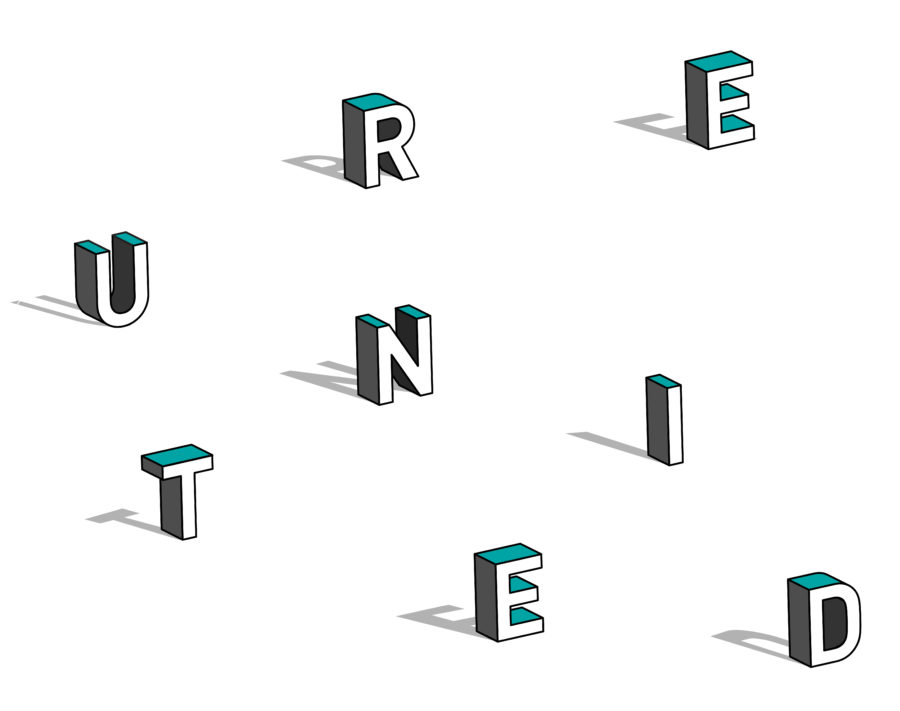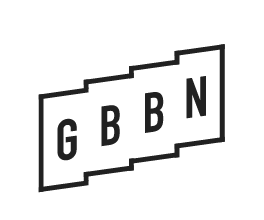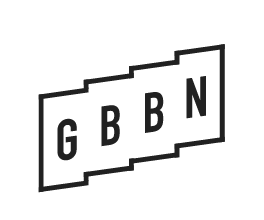News
Apr 21, 2020 _ news
Reunited: It’s time to make your back-to-the-office plan
Congratulations! Your organization has successfully pivoted to remote work and settled into a new routine. Now, it’s time to start preparing for your return to the office.
While no return dates have been set yet by governments and public health officials in our communities, it’s time to begin preparing for how we come back to the workplaces we all left behind in March. Like you, we want our employees to feel safe and supported, stay healthy, and remain productive. At GBBN, we’ve begun to design how we’ll come back together, and what immediate adjustments we need to make to our physical spaces. Here are some of our practical, tactical considerations for reuniting:
Choose an Approach, Make a Plan
Everyone is itching to return to normal, but it’s important to orchestrate who comes back when. Looking at roles and responsibilities can be a way to start organizing. There may be employees whose roles are suited to working remotely a while longer or employees who’ve experienced persistent technology obstacles may need to be part of the first wave of returns. Some employees will have health concerns or must contend with childcare. Understanding their needs while maintaining the good communication teams have established during this remote period is important. For us, balancing individual and business needs is our guide.
Cleaning
When it comes to day-to-day cleanliness, we’re taking a cue from our favorite gyms: Wipe down equipment or devices after use. Having adequate supplies to do this will be key. We’re looking at reducing the amount of shared equipment as much as possible, but in every workplace, there are unique spaces and pieces of equipment that must be shared. Signing up for timed slots for destinations within the office such as the print room, library, or cafe can allow for appropriate cleaning protocols between users. We also recognize that at the company level, we’ll need to look beyond trash collection and vacuuming to services that provide more disinfecting and deep cleaning to our offices more frequently.
Occupancy
We’re reviewing and reducing the capacities of our conference rooms and other common spaces. Conference rooms designed to accommodate 10 will be limited to 5 in the near term, for example. Physically taking out extra chairs visually cues people to stay within the new occupancy levels. If your workplace has a lot of private offices, consider leaving the door open until privacy is required to reduce touching handles to open and close doors.
Spacing
Bringing employees back into the office in phases means they can spread out and maintain appropriate distancing. It’s important to have an up-to-date floor plan of who is sitting where, so those coming back first aren’t all clustered on one floor or area. We recommend assigning spaces, rather than hoteling (where employees share open workstations). Consider temporary dividers between bench seating and remember to follow your company’s wipe-down policy if you must share workstations.
Office traffic
We’ve always loved the kind of “casual collisions” that can happen as we encounter each other on stairways and elevators. But in the near term we’re deliberately orchestrating how they will flow through spaces. Consider single way directional flows (one staircase for up traffic; a different one for down). It could also be helpful to provide everyone tips, tricks, and courtesies to extend each other: press elevator buttons with pen caps; if there are already two people on the elevator, wait for the next one, etc.
Lunch
In Beijing, our GBBN colleagues could return to the office before restaurants had reopened, so more of them started bringing lunch from home. We anticipate the same situation in our US office locations. We’re evaluating our common areas to ensure there is adequate space to maintain a comfortable distance from each other. Depending on the size of your organization, scheduled lunch shifts can alleviate people clustering around microwaves and dishwashers. First shift eats and wipes down surfaces before the second shift arrives, and so on.
Re-setting new habits
No sooner had employees gotten into the swing of #wfh, then it’s time to #wfw again. It will take time to re-acclimate to office life. Commuting, parking, choosing pants! We’ve all gotten out of the habit of these routines. Reuniting means having ready access to people again, which is wonderful but can also bring new disruptions.
In many cases, remote work has improved team communications. This is an opportunity to remain open to new ways of working, embrace what has been working well, and take stock of how this unplanned and unprecedented event might shape the future of your workplace.
Socializing
Everyone will need time to process and share their remote work experiences. We’ve been isolated from each other—employees who live alone may have spent this time completely isolated from other people. Productivity will rebound, as it did after pivoting to remote, but it’s important to understand that employees may have anxiety about being around others; you will need to facilitate settling in and safe ‘togethering’.
WFH, for like, ever
There will undoubtedly be employees who ask, “can’t I just keep working from home from now on?” Preparing an answer before you go back will be helpful, both as a short-term measure and a longer strategy. Are specific roles in your company better suited to remain remote or become largely remote? Setting expectations—and communicating them clearly—may prevent dealing with a flood of individual requests.
Speaking of communication
From detailing return to office timelines to assigning lunch shifts, clear communication will ensure a smooth re-entry, with everyone on the same page about what the guidelines are and what to expect. Designating one person for company-wide communications via email or zoom will keep everyone in the loop, keep the message consistent, provide a point person for questions, and pave the way for a smooth journey back.
As architects and designers, we don’t look for the solution, but the right solution to our clients’ challenges. If you’d like our insights on your organization’s specific return to office plans, we are happy to help. Reach out to our workplace expert, Chad Burke, at cburke@gbbn.devphase.io




